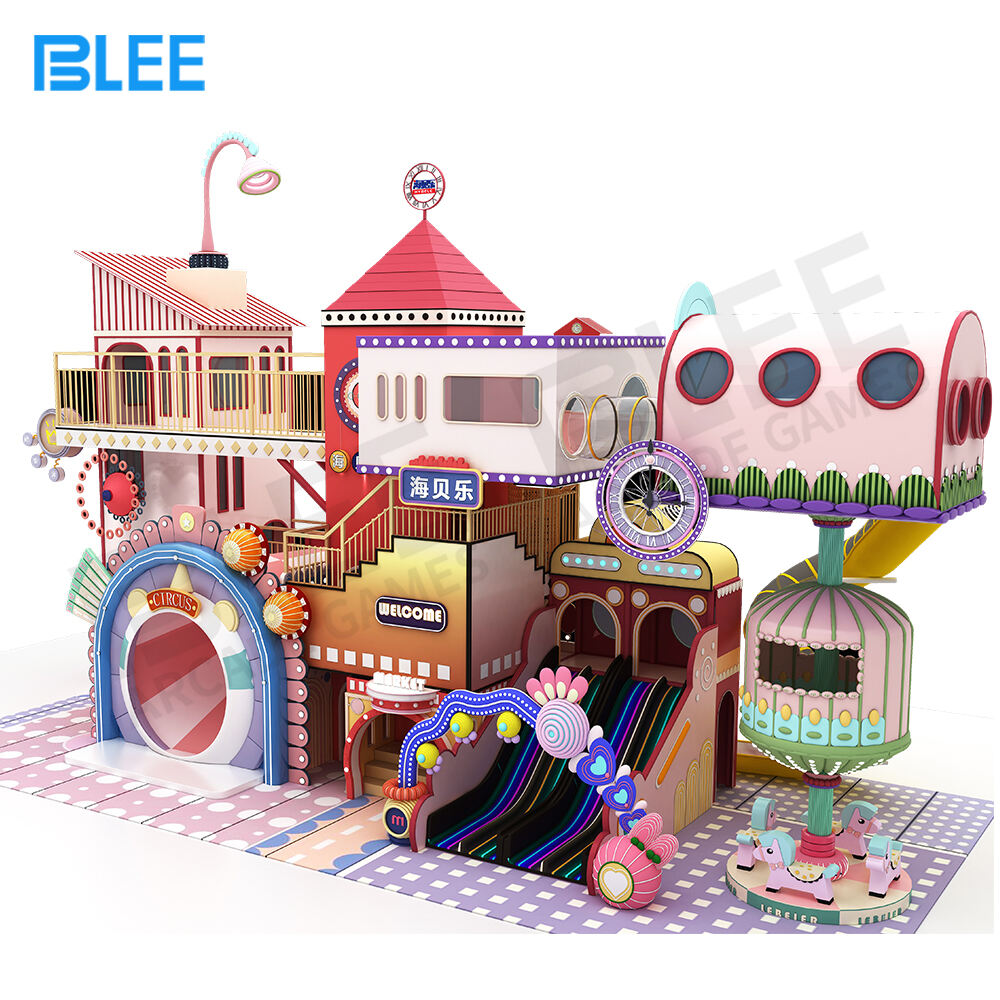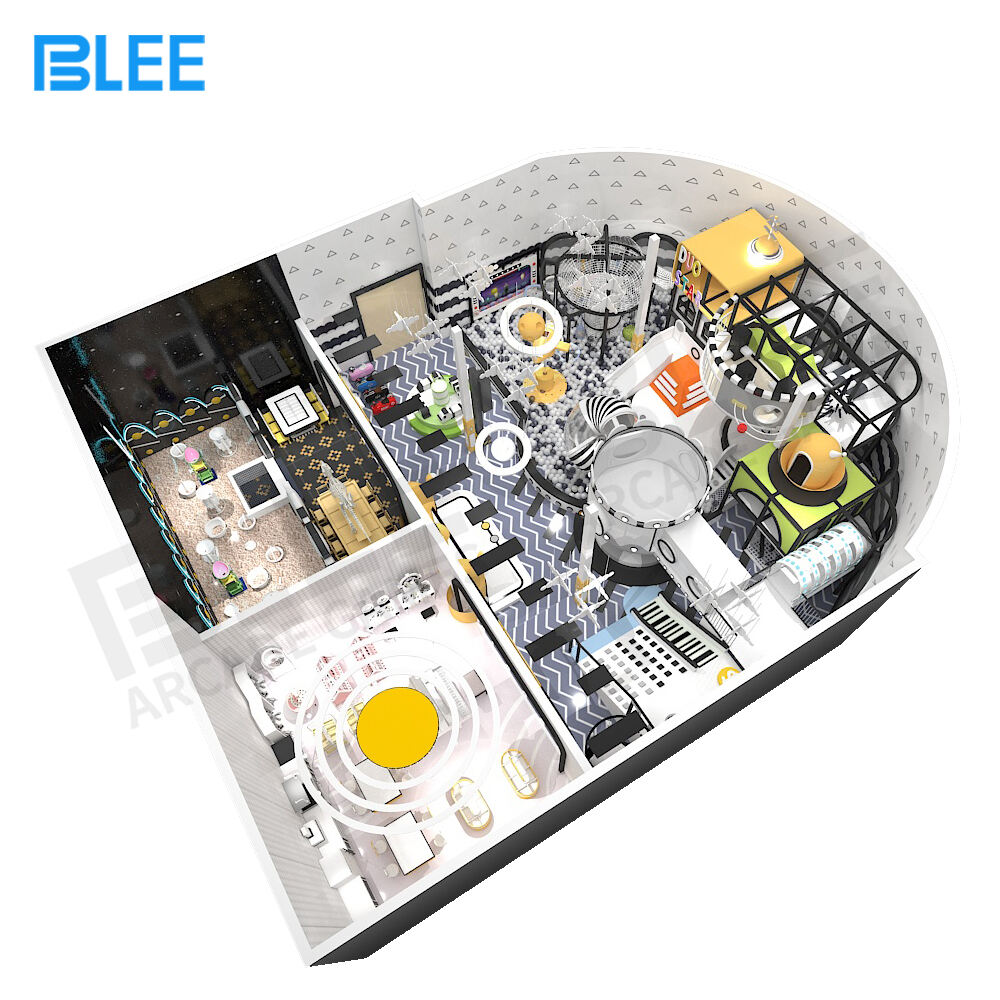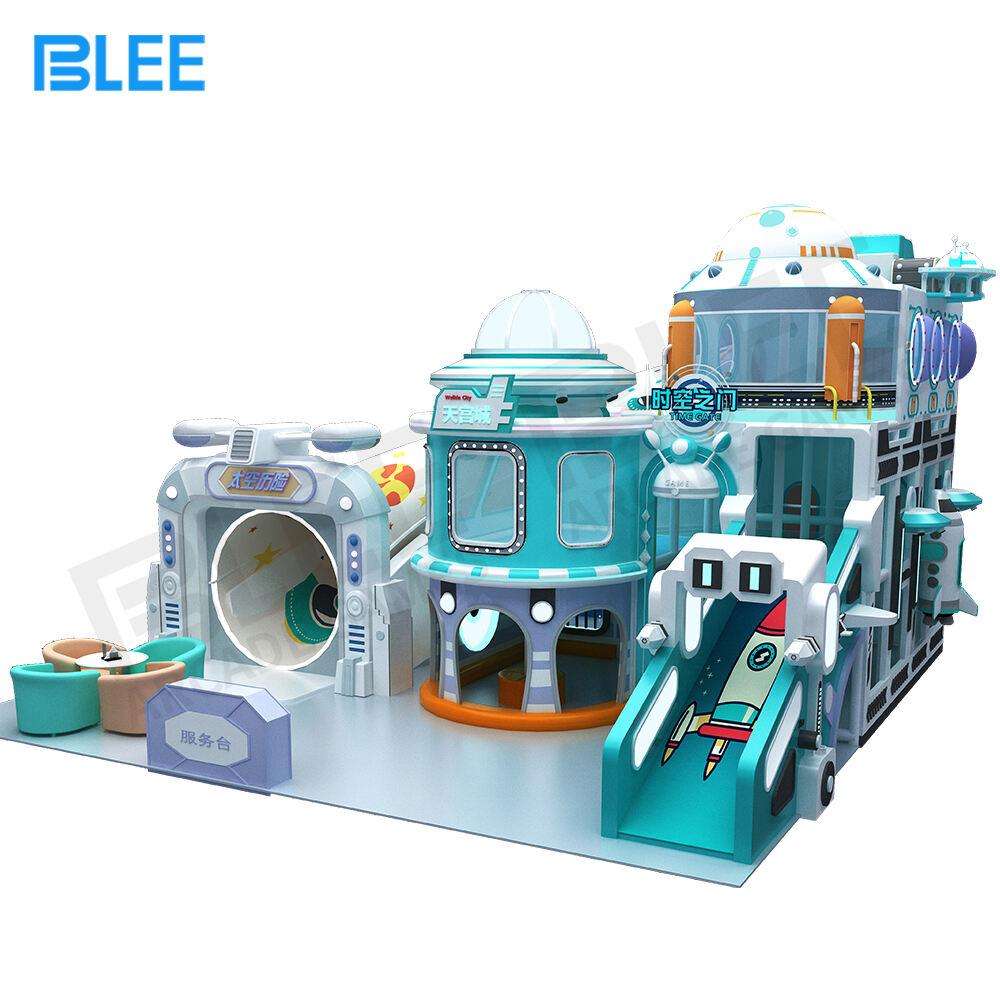The Critical Role of Safety Features in Modern Sports Simulators
Why Safety Engineering Matters in High-Impact Simulations
Safety engineering plays a crucial role in high-impact simulations, reducing the likelihood of accidents that can result in serious injuries. Statistics indicate that implementing proper safety measures can decrease injury rates by up to 30%. In the realm of sports simulators, these preventive strategies are vital as they protect users and ensure the simulators are perceived as safe and reliable tools. Additionally, the presence of rigorous safety protocols enhances the overall user experience, leading to higher customer satisfaction and retention rates. This not only contributes to the simulator's commercial success but also cultivates a culture of responsibility and professionalism among organizations that operate such equipment.
Linking Indoor Playground Safety Standards to Simulator Design
Understanding indoor playground safety standards, such as those set by ASTM, provides invaluable insights for designing sports simulators that meet industry requirements. By systematically incorporating the elements used in playground equipment safety checks, designers can foster more reliable and safer sport simulation environments. The integration of safety practices from indoor playgrounds into simulator design sparks innovation, enabling the creation of engaging yet safe user experiences in high-energy environments. Such innovations are essential for maintaining user trust and encouraging the widespread adoption of sports simulators as safe, effective tools for both entertainment and professional training.
Core Safety Technologies in Commercial Simulation Systems
Impact-Absorbing Materials & Structural Integrity
The use of impact-absorbing materials is crucial in enhancing the safety of commercial simulation systems. Materials like foam and reinforced plastics help disperse energy during falls or collisions, significantly reducing the risk of injuries. Adhering to load-bearing requirements ensures the structural integrity of simulators, allowing them to withstand intense usage without compromising safety. Research supports that simulators crafted with advanced materials experience fewer structural failures and related injuries, reinforcing the value of these technologies. This focus on safety aligns with the industry's commitment to providing secure environments for users in high-impact scenarios.
Real-Time Collision Detection Sensors
Real-time collision detection sensors play a vital role in enhancing safety within commercial simulators by identifying hazards before they lead to accidents. These sensors foster a secure environment by prompting immediate responses to potential risks, thereby increasing user trust in the system's safety measures. In fact, studies demonstrate that simulators with collision detection systems achieve up to a 40% reduction in user collision incidents. By offering such proactive safety features, simulation systems are better equipped to handle dynamic and unpredictable environments, bringing peace of mind to users and operators alike.
Emergency Stop Mechanisms for Sudden Hazards
Emergency stop mechanisms are essential to simulations where unforeseen hazards may occur. They allow for instant cessation of activity, thus minimizing injury risks. Ensuring these stops are intuitive and user-friendly is crucial, enabling users of all ages to respond promptly to emergencies. Statistical data suggests that quick-access emergency stop systems can halve the response time to hazards, substantially improving safety outcomes. By integrating user-centric designs, companies can heighten the effectiveness of these mechanisms, emphasizing safety as a core component of simulator functionality.
Compliance & Certification for Recreational Simulation Environments
ASTM/EN1176 Standards for Equipment Safety
Ensuring safety in recreational simulation environments starts with adhering to industry-standard guidelines such as ASTM and EN1176, which set robust safety benchmarks for both outdoor and indoor sports simulators. Compliance with these standards is critical, as it serves not only to guarantee safe operation but also to establish trust and credibility with consumers and stakeholders. Regularly updating and maintaining compliance with these standards can yield additional benefits such as favorable insurance rates, minimized costs associated with accidents, and stronger marketability. Organizations that demonstrate strict adherence often see improved safety outcomes and enhanced reputational standing within the industry.
Accessibility Considerations for Mixed-Age Users
Incorporating accessibility features into sports simulators is vital to cater to users of various ages, from children to adults, particularly in settings like family entertainment centers. By considering the diverse needs of mixed-age users, these simulators can be designed to mitigate accidents, offering easier access and usability for everyone. Research indicates that environments with a focus on accessibility tend to report a reduction in incidents, especially among younger or less experienced users, by approximately 25%. This underscores the importance of designing simulators that are inclusive and considerate of all user demographics, ultimately enhancing safety and user satisfaction.
Balancing Realism and User Protection in Immersive Setups
Adaptive Motion Restraints for VR Sports Modules
Adaptive motion restraints are pivotal for ensuring user protection in virtual reality sports modules while allowing flexible movement. These systems are designed to adjust based on individual user statistics, thereby enabling safe engagement in immersive sports simulations without sacrificing the level of realism expected. Research suggests that when users feel more secure with adaptive systems, their engagement rates significantly increase, leading to extended interaction times and improved overall user satisfaction. It's crucial for VR sports modules to balance safety and realism, as this fosters an environment where users can engage confidently and comfortably. Incorporating adaptive restraints can align this balance, thus enhancing both user protection and interaction.
Flooring Solutions Inspired by Soft Play Equipment
Incorporating flooring solutions inspired by soft play equipment can dramatically enhance user safety by reducing fall impact. Specialized materials used in soft play areas offer a superior grip, reducing slip hazards often encountered in traditional gym environments. By implementing these materials in immersive sports setups, we can provide users with a safer experience. Statistics support the effectiveness of these solutions, as venues that utilize soft play-inspired flooring report a reduction in fall-related injuries by up to 30%. This not only improves user safety but also elevates the overall experience, thereby fostering an inclusive and secure environment for immersive sports activities.
Toddler-Safe Interfaces in Family Entertainment Centers
To ensure the safety of young users, developing toddler-safe interfaces for sports simulators in family entertainment centers is essential. These interfaces should feature oversized buttons and clearly labeled instructions, making it easy for toddlers to interact with the systems safely. Such design considerations greatly contribute to user safety and inclusivity, particularly in environments targeting families. Data indicates that well-designed interfaces for toddlers result in fewer incidents among young users, highlighting their importance in promoting a secure and enjoyable experience. By prioritizing toddler-safe interfaces, family entertainment centers can cater to their youngest clientele, ensuring a welcoming and safe space for interactive play.
Future Trends in Simulator Safety Innovation
AI-Powered Risk Prediction Algorithms
AI-powered risk prediction algorithms are revolutionizing sports simulation environments by analyzing complex data sets to foresee and mitigate potential risks, greatly enhancing user safety. These advanced systems can learn from user behavior, detecting patterns that might lead to accidents and promptly initiating preventative measures. This advanced capability makes simulations not only more immersive but also significantly safer. Predictions indicate that the adoption of these AI-driven analytics within sports simulators could reduce risk incidents by nearly 20%. The increasing integration of digital technologies such as artificial intelligence is a testament to the ongoing evolution in sports simulator safety, promising a future where predictive analytics is central to risk management strategies.
Modular Designs for Trampoline Park Integration
Modular designs for trampoline parks represent the future of adaptable safety in sports simulators. With the rise in popularity of indoor trampoline parks, there is a growing demand for flexible safety features that can cater to different user profiles and activity intensities. Modular designs facilitate the implementation of adjustable safety systems, improving the user experience without compromising security measures. The adaptability of this approach accommodates an array of activities, ensuring an engaging yet safe environment. This trend toward modularity aligns with the industry's shift towards customization, which aims to uphold both compliance with safety standards and enhance user satisfaction. Embracing these designs will be essential as trampoline interactions continue to captivate audiences in sports simulations and indoor trampoline parks, ensuring safeness similar to that provided by traditional soft play equipment.








